If you’ve been wondering how to do intermittent fasting, this is your go-to guide.
Intermittent fasting is possibly the least expensive and at the same time, the most powerful healing method available to us.
Every religion has an element of fasting—whether it’s the 30 days of Ramadan or the various one day Hindu fasts. Our ancestors definitely knew what they were doing.
Our ancestors ate whatever was freshly available.
But often they couldn’t find anything to eat, and their bodies adapted to be able to function without food for extended periods of time. Today, we still have this same biology – we haven’t evolved at all.
And, if anything, fasting from time to time is more “natural” and healthier than constantly eating 3-4 (or more) meals per day.
So let’s look at some of the questions people have about Intermittent Fasting.
1. What is Intermittent Fasting?
Intermittent fasting is a way of eating where you eat for a short period and then you don’t eat for a longer period. It’s not so much about what you eat but rather about when you eat.
When you don’t eat, you give your body time to spend more of its energy on internal healing and repair—which that cannot happen if it is constantly working on digestion.
2. Who should do it?
Intermittent fasting is for anyone who wants to optimise their health, to lose weight, to lose their belly fat, to improve immunity and to improve their clarity of thought.
It is relatively easy because you are not starving and nor are you changing your food preferences. At the same time it is completely safe.
3. What Are the Benefits of Intermittent Fasting ?
Longer Life Span:
Studies show that animals age slower and live longer when they consume fewer calories. This can be achieved by eating less each day, or by fasting on intermittent days. Eating less every day, on the other hand, is like starving and the body will kick in the starvation response, ie, it will conserve fat, making it very difficult to lose fat.
Balanced Hormones:
Fasting helps lower blood sugar and insulin levels, and leads to an increase in human growth hormone. These help in losing weight, maintaining muscle mass, and reducing the risk of insulin resistance, diabetes, and heart disease.
Faster Weight Loss:
Many studies have shown that both people burn more fat and lose weight with intermittent fasting.
4. Why is Intermittent Fasting Effective?
It helps reduce oxidative damage, inflammation and optimizes energy metabolism. This helps the body deal with stress better.
During fasting, the body breaks down and ‘eats’ damaged proteins and cellular debris, a process called autophagy. So this is like cleaning up the house – keeping the house clean and shiny.
5. How does Fat Burning happen?
Not providing the body with food for some time forces it to access its fat stores for energy, leading to fat loss.
6. What are the Types of Intermittent Fasting?
Alternate Day Intermittent Fasting:
You eat one day and then fast the next. It can be slightly difficult to sustain.
16/8 Daily Fasting:
You fast for 16 hours and eat for 8 hours. So for example you eat an early dinner at 7 pm and then you skip breakfast the next day and eat lunch at 1pm. And the you can eat for next 8 hours, ie until 9pm.
You can do this every day or twice a week, depending on your need, your health status and your willingness.
It doesn’t matter when you start your 8-hour eating period. You can start at 8am and stop at 4pm. Or you start at 2pm and stop at 10pm. Do whatever works for you.
24 hr fast
You fast once or even twice a week. Fasting on a predetermined day makes it easy to follow, as it does not require a decision each time. Having religious sanction makes it easier, as followed by Hindus on various days of the week.
Whichever type of intermittent fasting you choose, it works and also gives you flexibility with your diet.
You don’t need to be extremely strict with what you eat but don’t be lax either.
7. How to Start?
To start, you can simply delay your meal by an hour beyond the regular time. And increase daily till you reach the desired interval.
8. What Should I Eat After My Intermittent Fast?
Once the fasting period is over, simply go back to normal eating. No compensation, no reward and no binges.
You will find yourself spontaneously choosing to eat healthier foods during the eating windows.
9. How does Intermittent Fasting Affect My Blood Sugar?
Intermittent fasting is a great way to get your blood sugars under control. But if you are taking pharmaceutical drugs to control diabetes, you are at risk of developing hypoglycemia. You need to see a doctor trained in Intermittent fasting to guide you.
10. Can I Exercise When Intermittent Fasting?
Yes you can. Both during the fasting and during the Eating windows. In fact, high intensity exercise during the fasted state will accelerate fat loss. tre
11. Why Do I Get Hungry When Intermittent Fasting?
Well, you’re not eating any food so naturally you may feel hungry. But if you hear your stomach rumbling, that is just ‘housekeeping’ – or cleaning of the intestines.
Hunger pangs usually reduce after your first 2-3 fasts as your body adapts.
12. Can I Drink When Intermittent Fasting?
Yes you can drink water, bone broth or green tea. No calories.
13. Can a hypothyroid person choose intermittent fasting?
Yes they can.
Intermittent fasting helps the body stabilise blood sugars and hormones, as it mimics ancient eating patterns on which our biology is based.
And another benefit? You don’t have to prepare food so frequently! The kitchen can take a rest!
Stay Healthy.


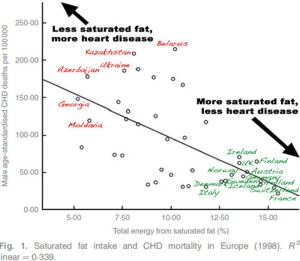
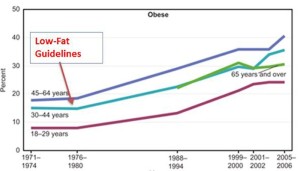
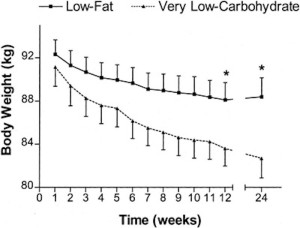

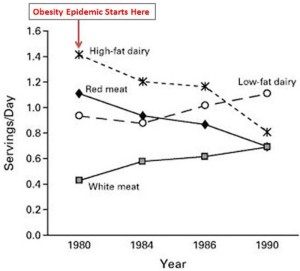
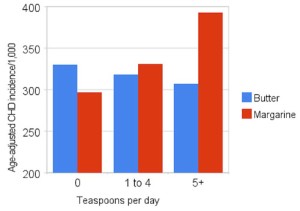
 Weight problems cannot be measured by numbers, according to David Ludwig.
Weight problems cannot be measured by numbers, according to David Ludwig.






